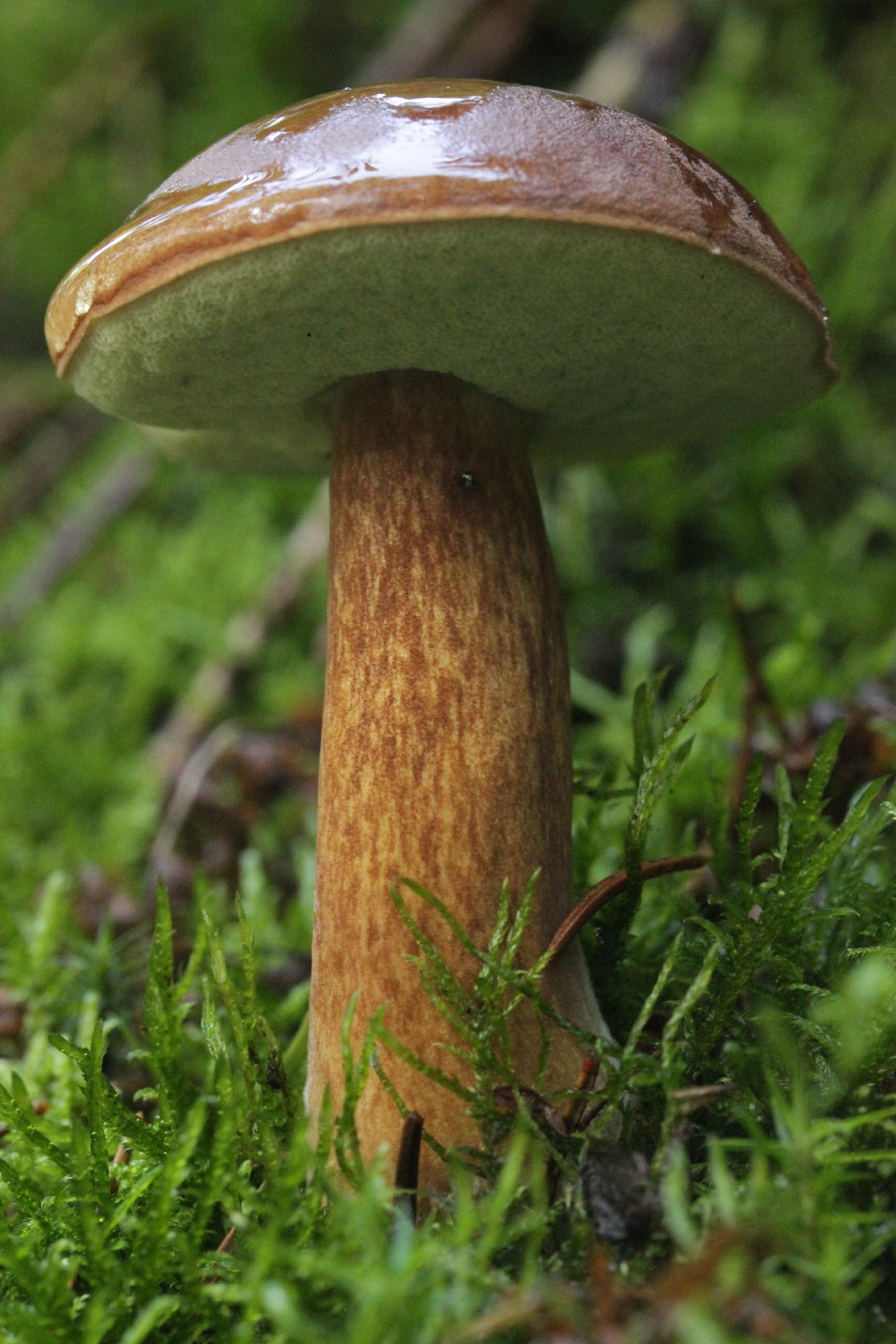Imleria
Scientific name: Imleria
Imleria
Scientific name: Imleria
 Photo By Björn S... , used under CC-BY-SA-2.0 /Cropped and compressed from original
Photo By Björn S... , used under CC-BY-SA-2.0 /Cropped and compressed from original Description
Imleria are a group of fungi known for their distinctive, often robust mushrooms with brown, velvety caps and thick stems. They typically grow in forests, forming symbiotic relationships with trees, especially hardwoods like oak and beech. These fungi play an essential role in ecosystems by decomposing organic matter and recycling nutrients back into the soil. Their caps can alter shape and texture depending on the age and environmental conditions, providing an interesting example of nature's adaptability.
Species of Imleria
Scientific Classification
Phylum
Club fungi Class
Mushroom-forming fungi Order
Boletes and allies Family
Boletes Genus
Imleria